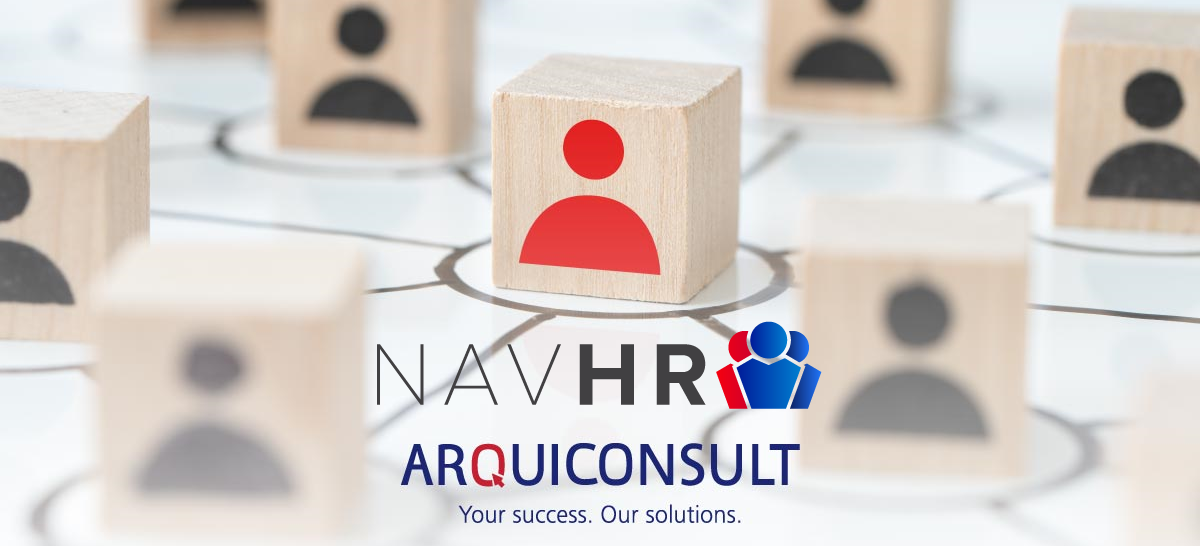And because the only thing we know is constant in our daily lives is change, it is imperative to analyze how the paradigms of Management are centered around this concept.
And because the only thing we know is constant in our daily lives is change, it is imperative to analyze how the paradigms of Management are centered around this concept.
Requirements, standards, behaviors, administrative and production processes, culture and even work instruments change. The rules of the past cannot be applied today and any company that does not evolve and adapt stagnates and perishes.
Today we know that the focus of organizational development is largely focused on retaining talent and developing skills. And it is on this assumption that there is an urgent need to properly assess what we have at home and how we can leverage and monetize our resources.
The market changes quickly, companies’ strategies change at the same pace and the HR department is that sector that creates a set of adequate policies to strategically manage people in the organization. The HR department’s main mission is to develop and retain talent in companies.
Managing people through competency assessment directly influences a company’s productivity, as it is at this stage that we determine whether the selection of professionals was the most appropriate. Having the right element in the job will make all the difference and will avoid future constraints that arise from the person’s inadequacy for the position and inherent tasks.
To structure a people management policy, it is necessary to take into account the origin of the company, its culture and mission. The important thing is to align management policies with a view to standardizing, institutionalizing and updating instruments for recruitment and selection, integration, performance assessment and training. People Management has a fundamental role in assessing current resources and assessing the organization’s future needs.
It is in this context that the right tools that support the Manager are needed to carry out an effective Performance Assessment.
We have long gone beyond the simple management paradigm, where managing people merely meant managing admissions, absenteeism and compensation. With the passage of time, an importance is given to the individual that did not previously exist. The employee continues to be seen as a resource, but is now more valued for his ability to work, depending on his skills, ability to adjust and overcome within the company.
Companies now look at themselves from the inside out, that is: what do I have that differentiates me, what are the resources I need to retain and how do I retain them. In a time of permanent technological evolution, and in which social networks are part of the daily professional and social life of each one of us, it makes perfect sense to create the tools that make management easier and reduce human error. A company that has at its disposal a computer system where all the data of its employees are compiled has a competitive advantage in its hands. It manages to filter a series of indicators that allow it to align the company’s objectives according to the employees it has and will have a greater possibility of promoting and retaining talent.
Today’s work tools must also adapt to the demands of the times.
We can end in a more ‘lyrical’ way quoting the poet: «Times change, wills change, being changes, trust changes: the whole world is composed of change, always taking new qualities».

